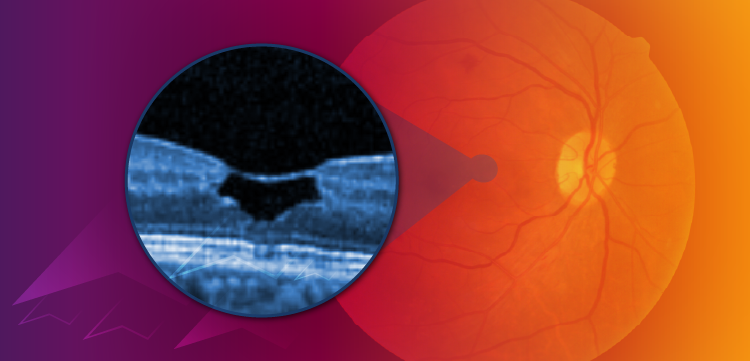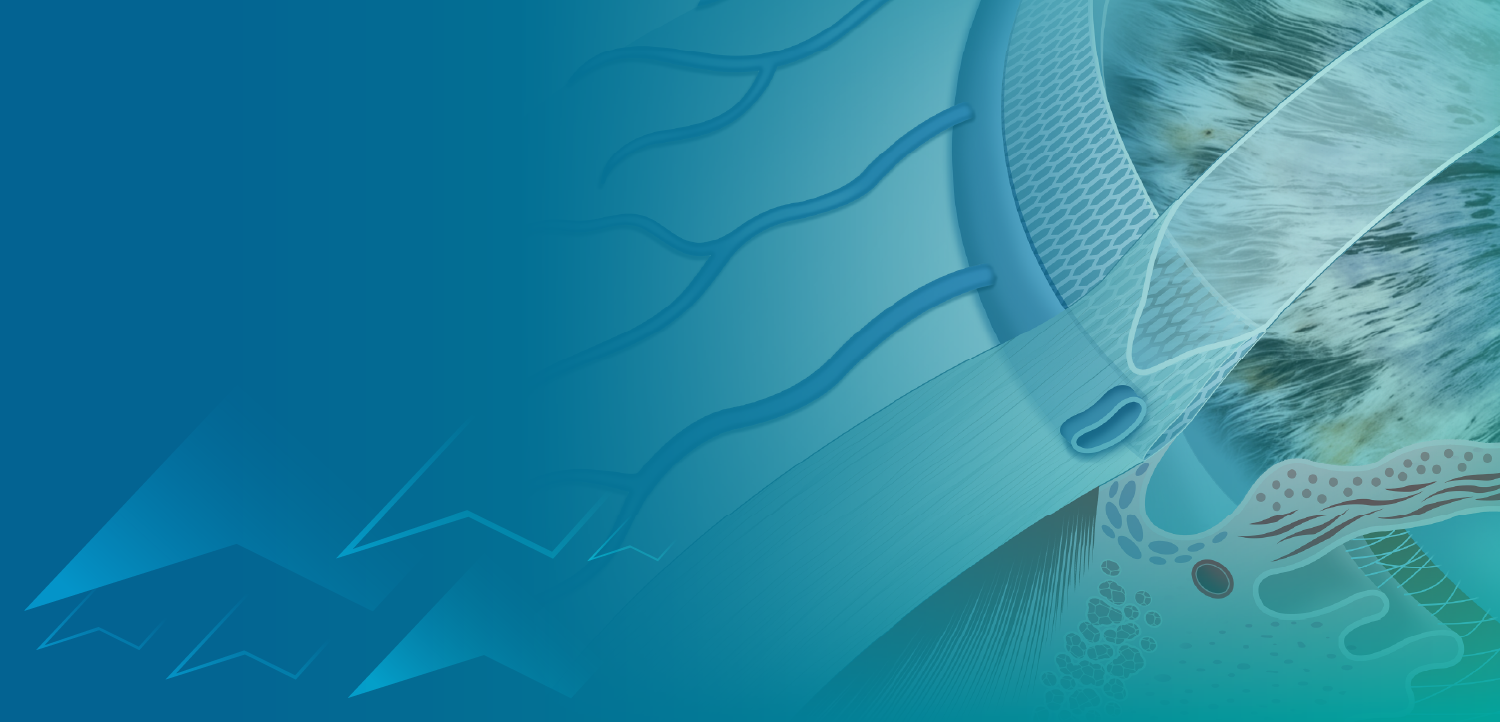
Small hyperreflective retinal foci: An in vivo imaging feature of resident microglia activation in geographic atrophy
The investigators undertook a study in which they retrospectively evaluated the presence and amount of small HRF in the eyes of patients with different macular atrophic phenotypes.
Small hyperreflective retinal foci (HRF), identified on
The investigators undertook a study in which they retrospectively evaluated the presence and amount of small HRF in the eyes of patients with different macular atrophic phenotypes, that is, bilateral
They defined HRF as “isolated punctiform elements of small dimensions, 30 μm or smaller, with intermediate reflectivity (similar to that of the nerve fiber layer) and without a shadow cone.” The foci were measured on near-infrared reflectance (NIR) and blue wavelength fundus autofluorescence (FAF) images.
The HRF were manually identified, counted, and analyzed to identify correlations with the best-corrected visual acuity (BCVA), GA lesion size, some GA features (multifocal versus unifocal GA; presence versus absence of foveal sparing) and central retinal thickness (CRT), the investigators explained.
Correlations identified
A total of 46 patients were included and classified as follows: 26 with bilateral GA group, 16 with unilateral GA and MNV in the fellow eyes, and 4 with EMAP group.
The patients with EMAP were younger compared to patients with bilateral and unilateral GA, ie, 63.5 ± 6.8 years vs. 80.4 ± 8.4 years (p=0.0004) and 83.3 ± 6.1 years (p= <0.0001), respectively.
The evaluated factors that did not differ significantly among the groups were the mean BCVA, mean GA area in the NIR and FAF images, foveal-sparing and multifocal versus unifocal GA distribution, and the mean CRT.
The GA areas were wider on the NIR images than the FAF images in all groups, and significantly so in the bilateral and unilateral GA groups: 11.7 ± 7.6 mm2 vs. 10.6 ± 7.1 mm2 (p = 0.0087) and 7.8 ± 9.2 mm2 vs. 7.7 ± 9.4 mm2, p = 0.004, respectively.
Significantly more HRF were present in the unilateral GA group compared to the bilateral and EMAP groups: 47.4 ± 7.1 vs. 31.6 ± 7.3 and 28.0 ± 4.9, respectively; p < 0.0001 for both comparisons), The bilateral GA and EMAP groups had similar numbers of HRF (p = 0.1960).
A correlation was found only between the numbers of HRF and the CRT, that is, a positive correlation with the bilateral GA group and a negative correlation with the unilateral GA group.
“The increase in the small HRF, which mirrors retinal microglial activation, characterizes eyes with unilateral GA and MNV in the fellow eye) but not eyes with bilateral GA or EMAP,” the investigators commented.
They emphasized that the role of activated microglia in the retina of eyes with GA should be investigated further with consideration of “actual and new therapeutic strategies with which to reduce either the development or progression of the atrophic macular changes.”
Reference:
Pilotto E, Parolini F, Midena G, Cosmo E, Midena E. Small hyperreflective retinal foci as in vivo imaging feature of resident microglia activation in geographic atrophy. Exp Eye Res. 2024;248:110064;
https://doi.org/10.1016/j.exer.2024.110064
Newsletter
Don’t miss out—get Ophthalmology Times updates on the latest clinical advancements and expert interviews, straight to your inbox.





















































.png)


